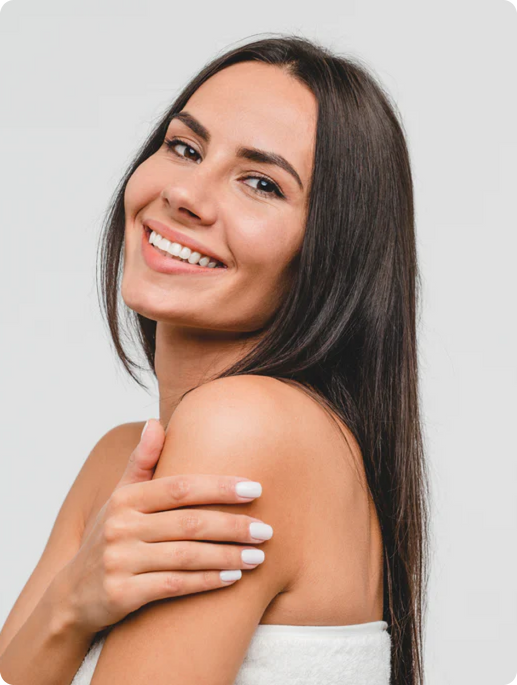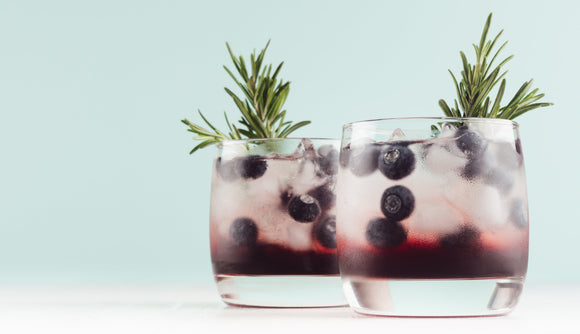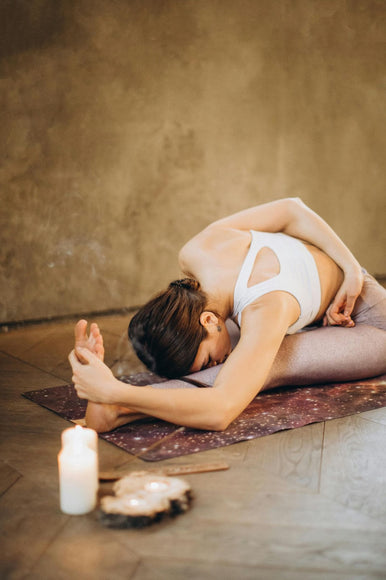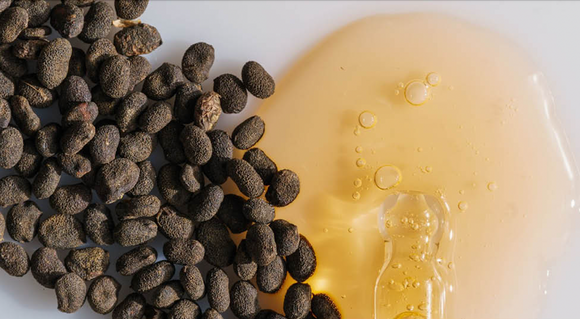Prebiotic and Probiotics and Your Skin: The DL
First off, your skin, like your gut, has a microbiome. Your skin microbiome includes the skin’s surface, hair follicles, and sebaceous glands. All of those areas are rich in bacteria but each person’s microbiome is not exactly the same, even twins.
Your skin microbiome hinders the growth of pathogens on your skin, it regulates your skin pH balance, and it keeps moisture in. All good stuff we want to encourage. And in return, our sebum, dead skin cells, and skin lipids feed the bacteria in a glorious symbiotic festival of health.
This balanced microbiome changes as we age. It also changes based on the climate we are in, our nutrition, and the people with whom we have skin to skin contact. So parents cuddling their babies share lots of goodies beyond the comfort of touch. In other words, cuddling can be good for your microbiome.
We need both prebiotics and probiotics to support a happy microbiome. According to the Mayo Clinic, “Probiotics are foods or supplements that contain live microorganisms intended to maintain or improve the "good" bacteria (normal microflora) in the body. Prebiotics are foods (typically high-fiber foods) that act as food for human microflora. Prebiotics are used with the intention of improving the balance of these microorganisms. Probiotics are in foods such as yogurt and sauerkraut. Prebiotics are in foods such as whole grains, bananas, greens, onions, garlic, soybeans and artichokes. In addition, probiotics and prebiotics are added to some foods and available as dietary supplements.”
We have both prebiotics and probiotics in Pangea skincare products because we know that while your skin is not the biggest organ in your body (that’s your gut) it is the second biggest, with the second biggest microbiome and keeping it healthy will lead to fewer problems with your skin. If you want a deep dive into the science you can read this article from the Journal Cosmetics.
To keep this balance healthy there are a few things you can do for your skin with good bacteria in mind.
1. Don’t over cleanse your face with harsh cleansers. Use a cleanser that replenishes your skin and definitely does not have antimicrobial ingredients. The microorganisms need the lipids and other stuff on your face to live a happy healthy life. Harsh antibacterial cleansers don’t differentiate between good bacteria and bad, they just kill it all.

2. When you cleanse, moisturize and rebuild the microbiome. You can use our Daily AHA Gentle Exfoliator which has Lactobacillus to rebuild the good bacteria and our Balancing Lightweight Prebiotic Moisturizer which has the prebiotic Inulin to make the skin surface friendly for healthy microbiome growth.
3. Wash your hands with our Hand Soap to keep from transferring foreign bacteria to the things we touch. We want the healthy bacteria to compete with as little foreign stuff as possible so good hand hygiene does wonders.
That’s really it. If you want to take one more step - hug someone close to you and share your good vibes, but also your good bacteria - it will definitely make your heart happy and maybe your skin, too!






Ever since my husband got me divorced for the past 2 years, i v’e not been my self. I was reviewing some post of how i could get back my husband then, i saw a testimony shared by Marina Choas from SWEDEN about a spell caster named Dr. Okosun. I contacted Marina Chaos to confirm about how Dr. Okosun helped her and she clarified everything to me of how he helped her and that gave me the courage to get in touch with Dr. OKosun for help. Dr. Okosun assured me that my days of sorrows will be over within 48hours after he has finished with his work. I followed his instructions he gave to me because i had the believe, faith, hope and trust in him. Verily i say to you today that i and my husband are back together and i can proudly say and testify to the world of what Dr. Okosun did for me. Contact him today via E-mail:(Okosunspelltemple33 @ gmail . com call him or whatsapp him +2.3.4.8.0.5.4.3.3.8.1.3.2 if you seek his help.
Interested in your lovely mask